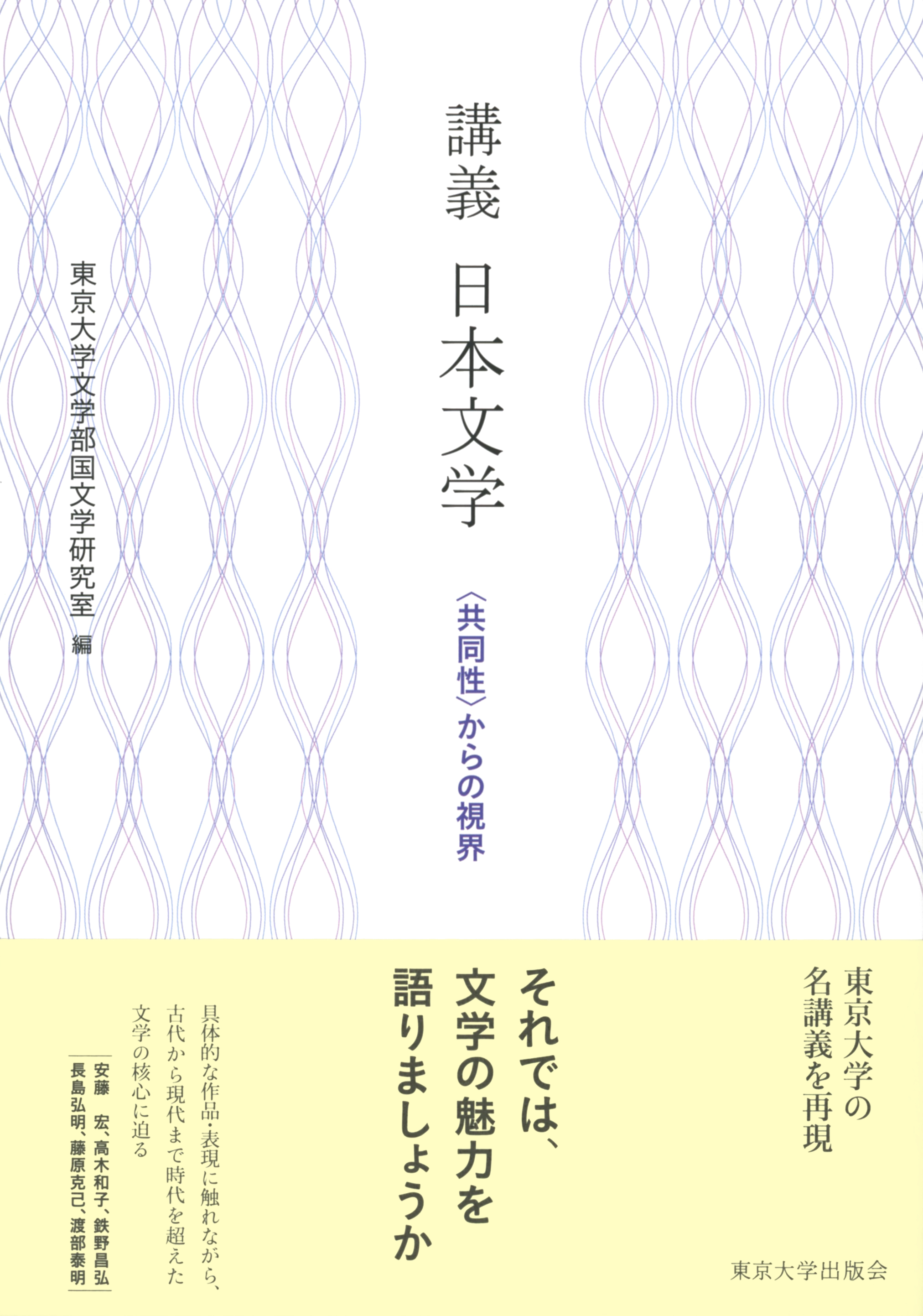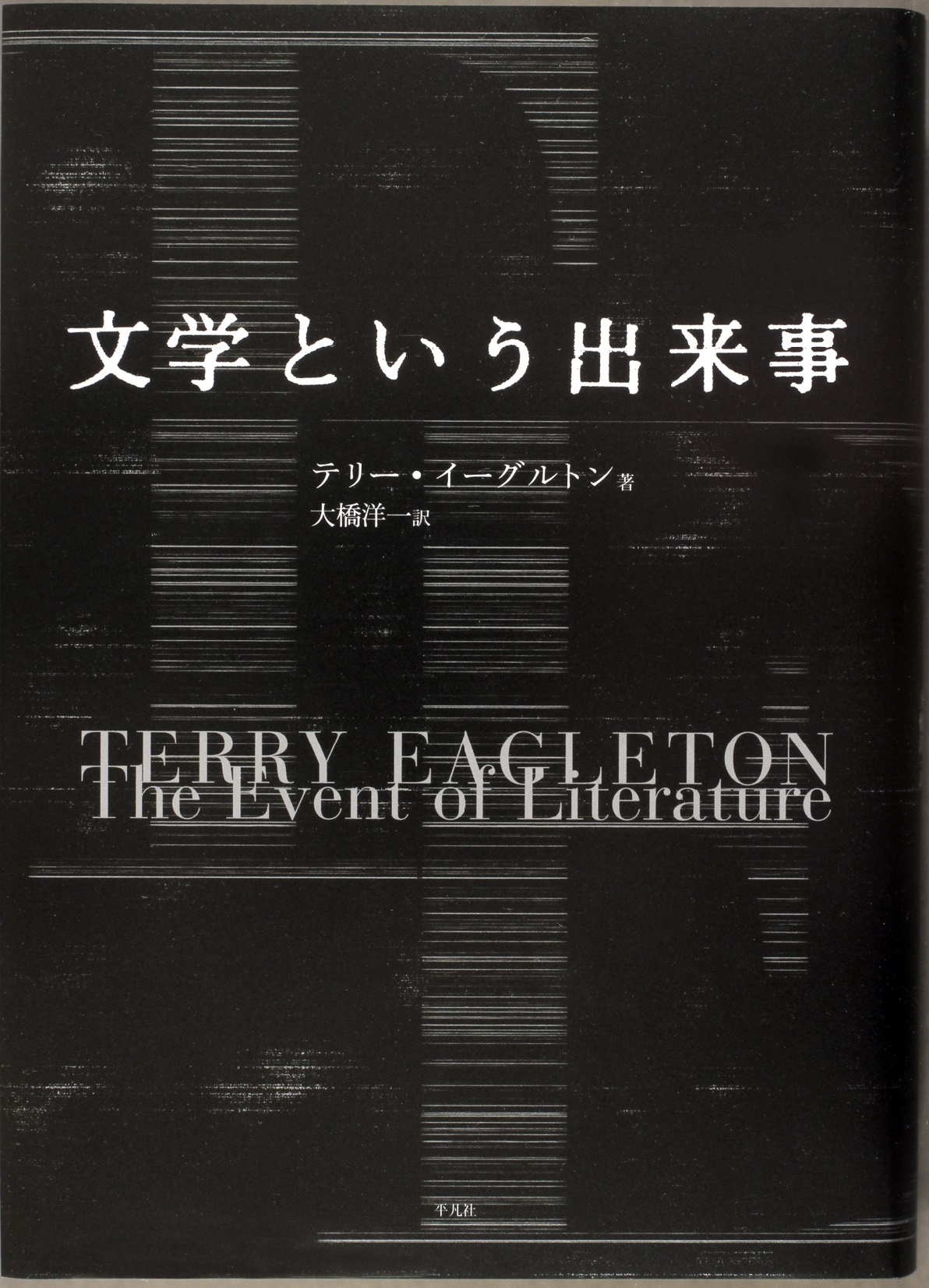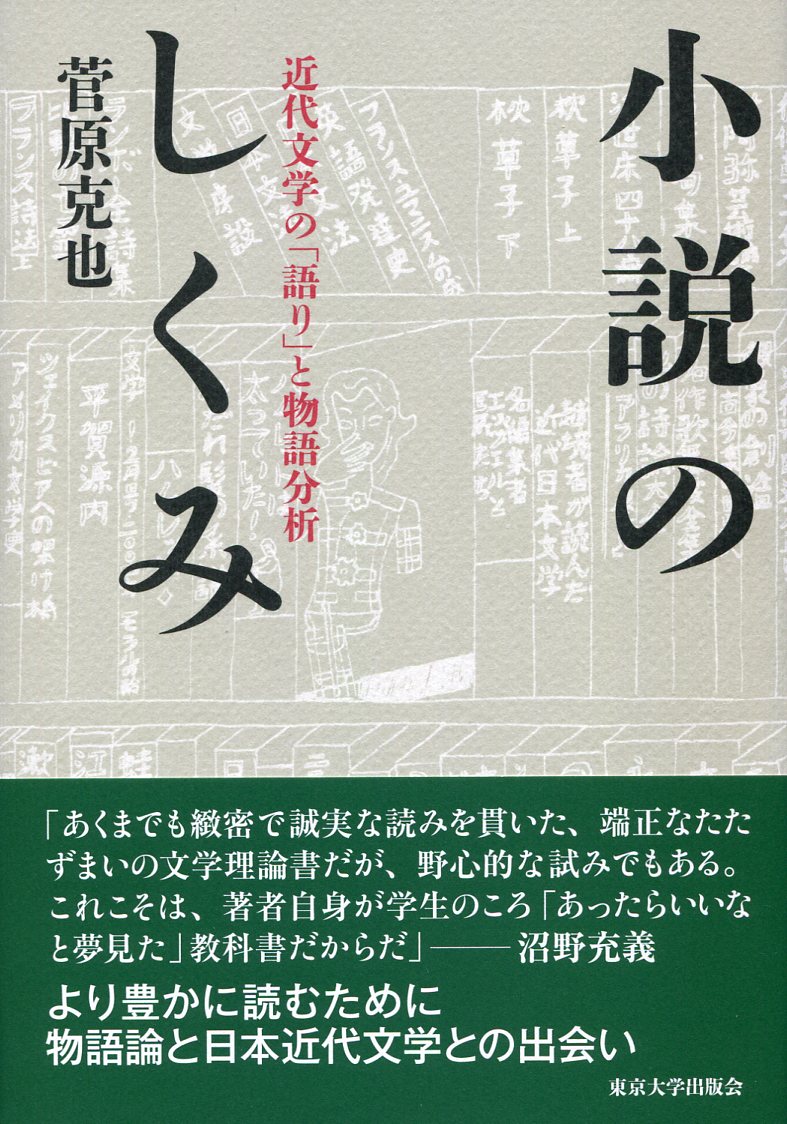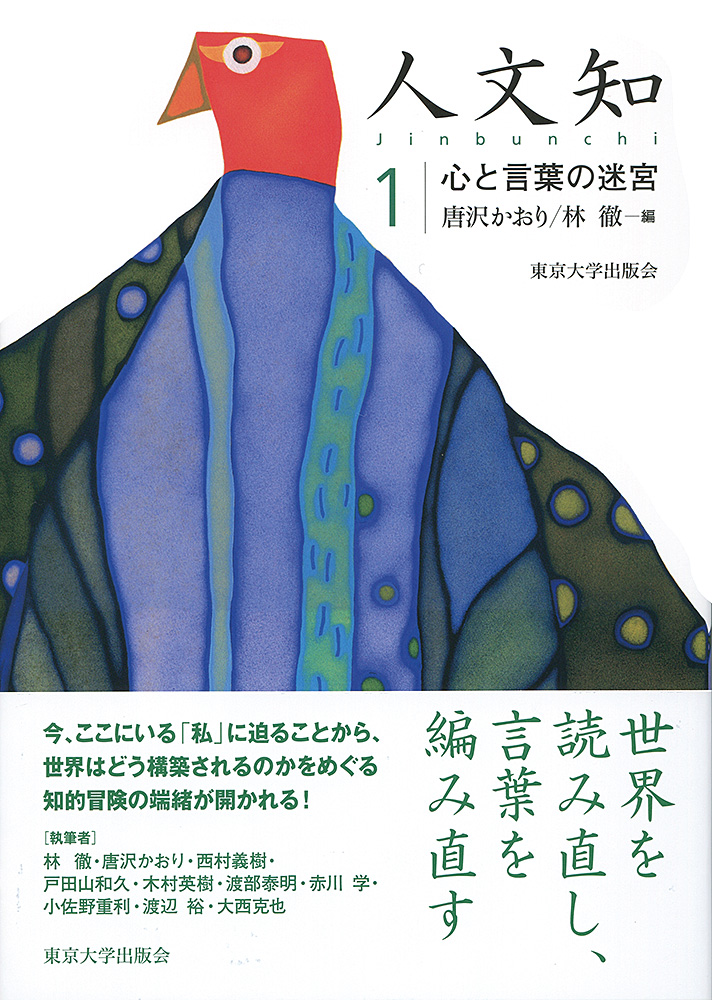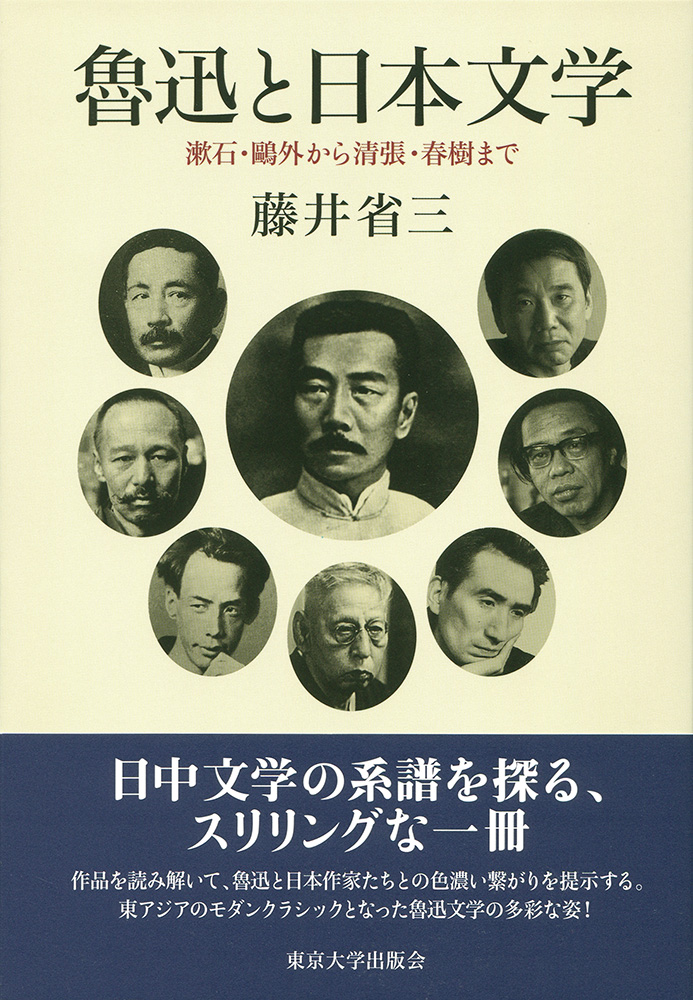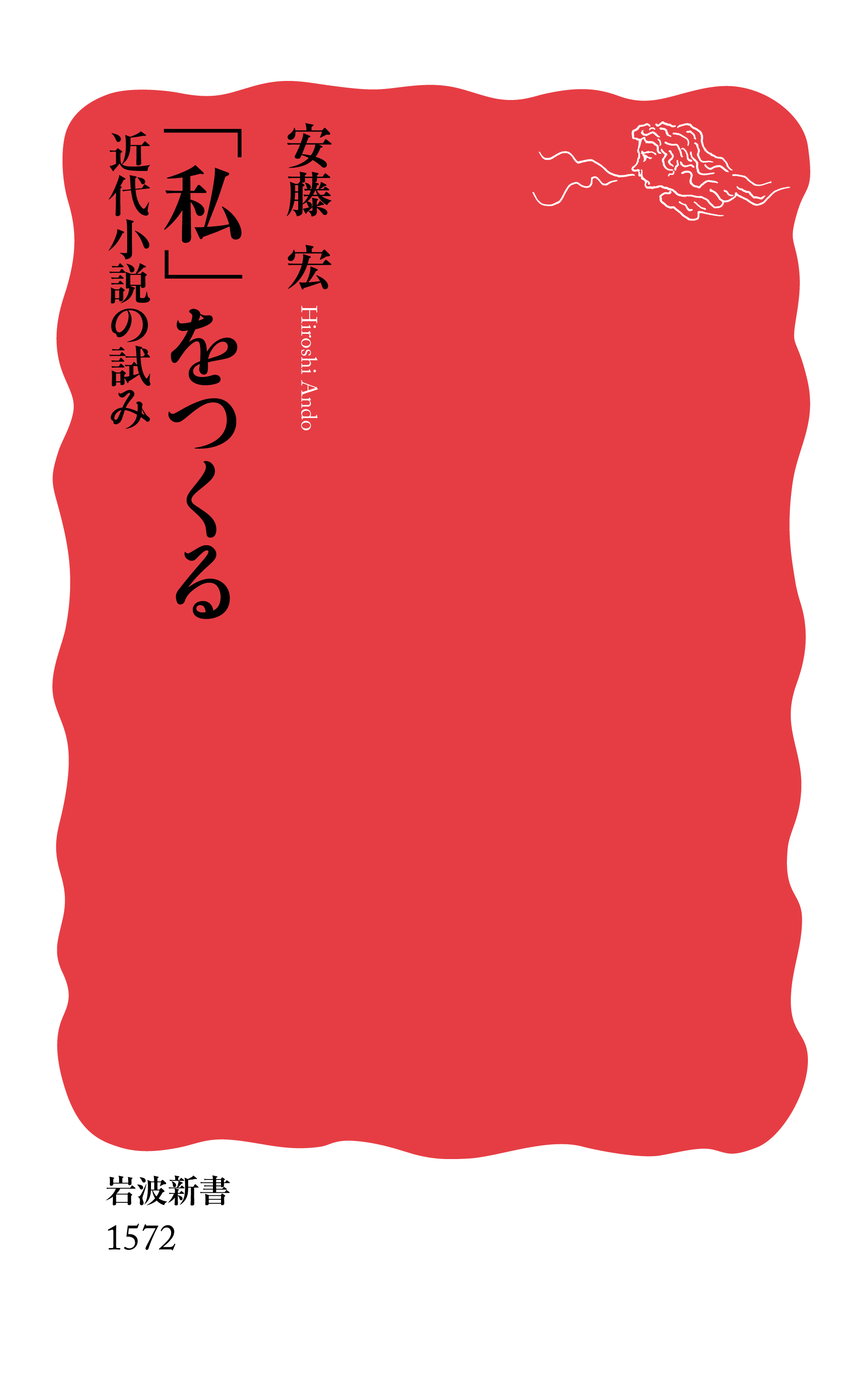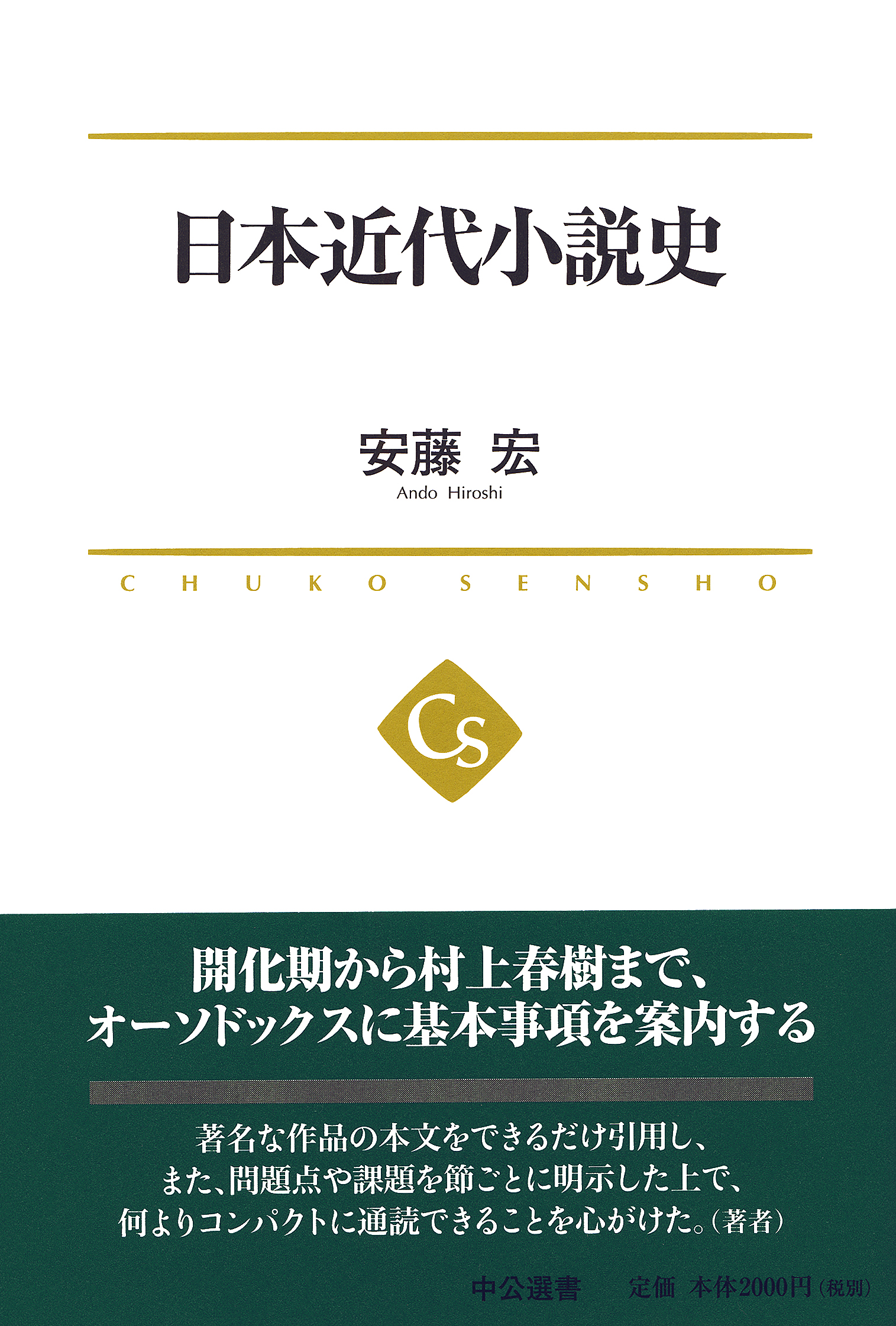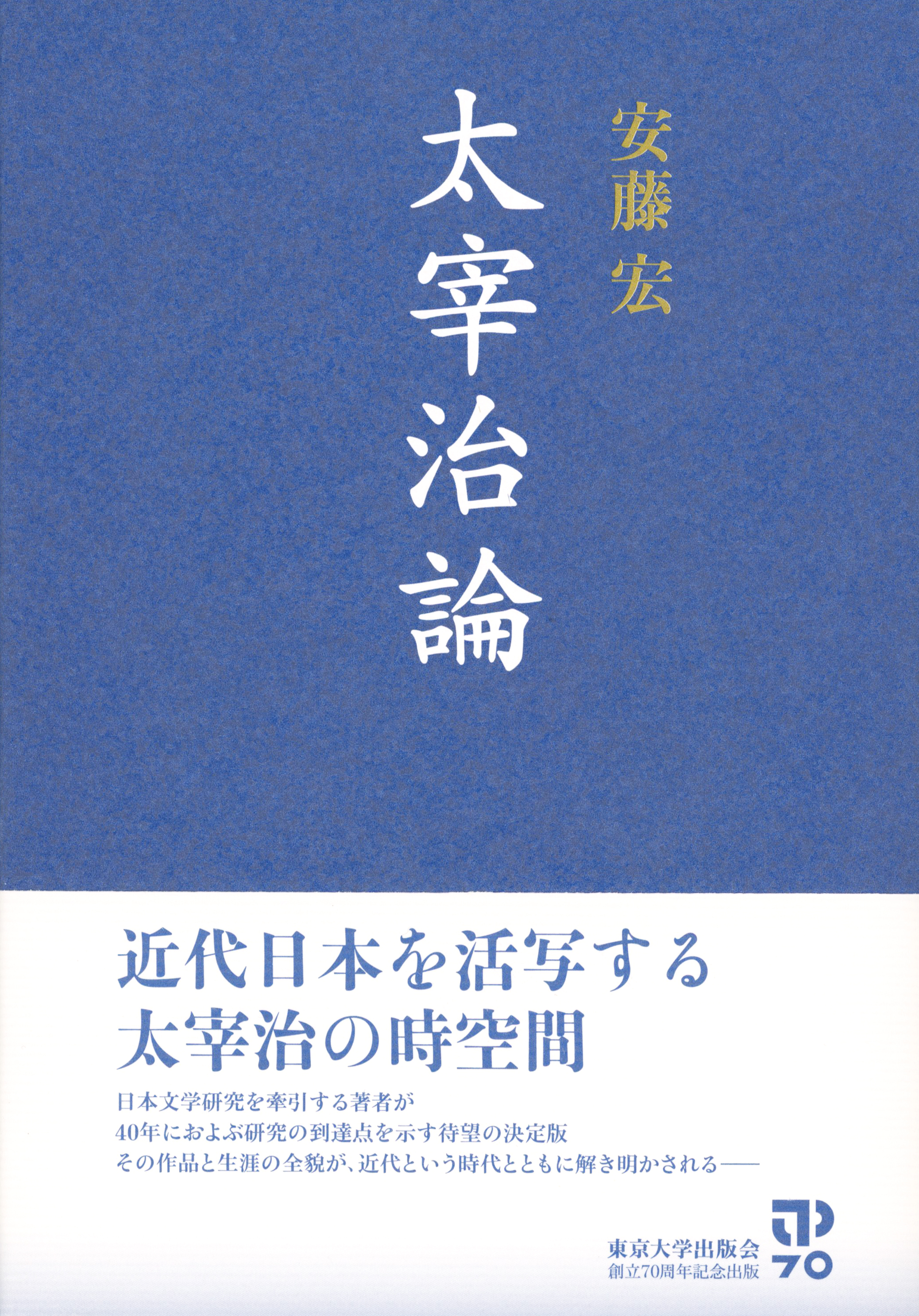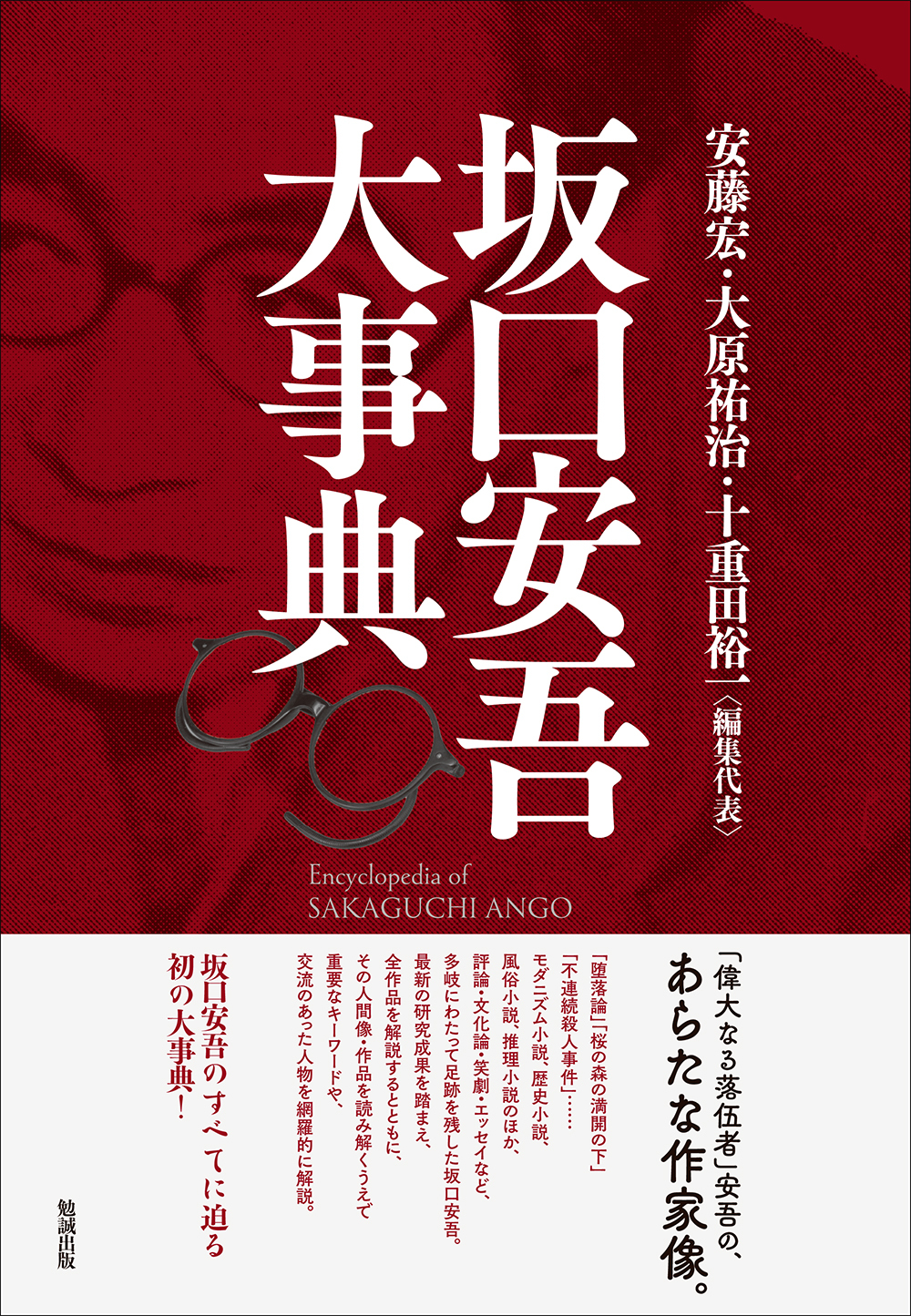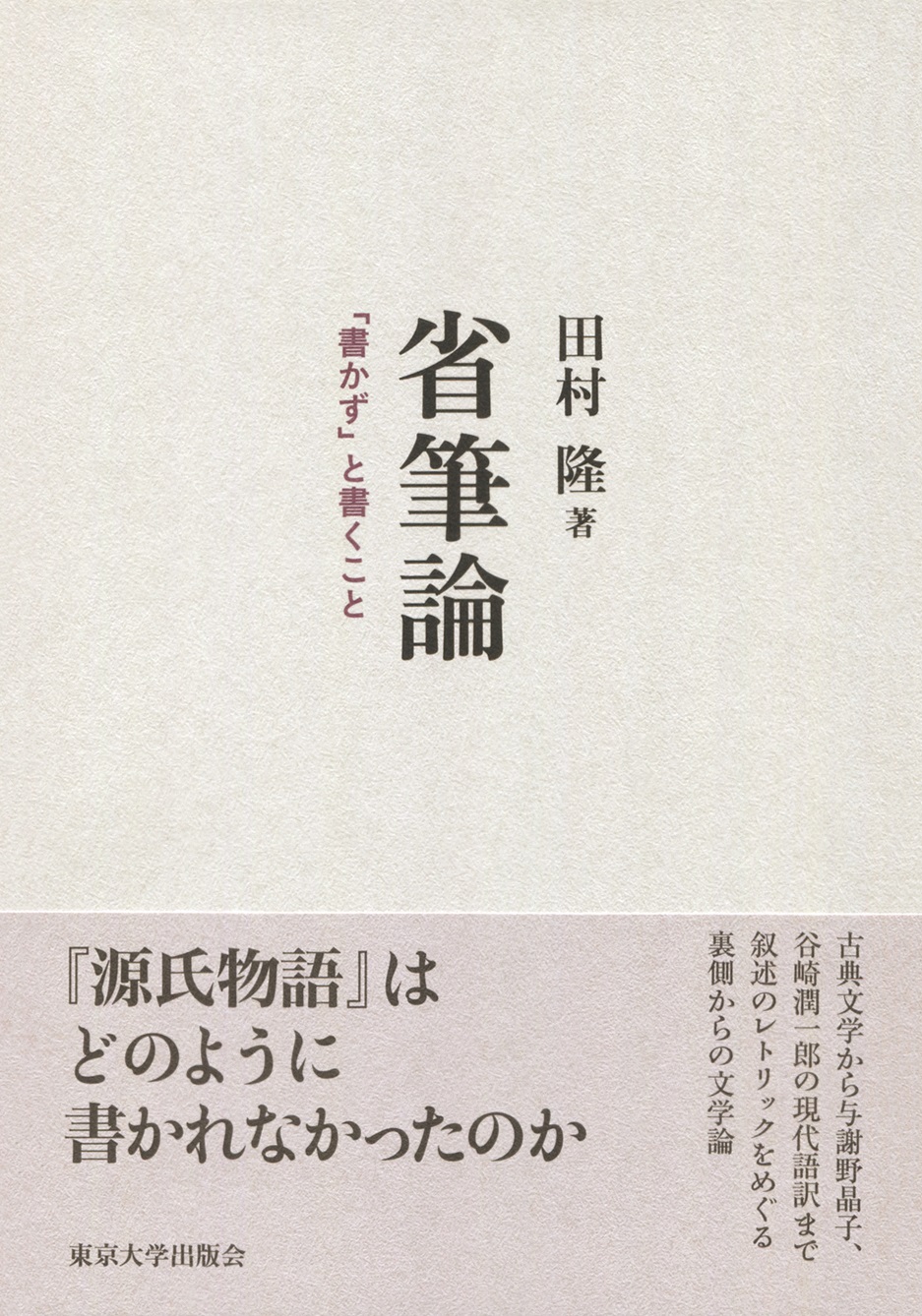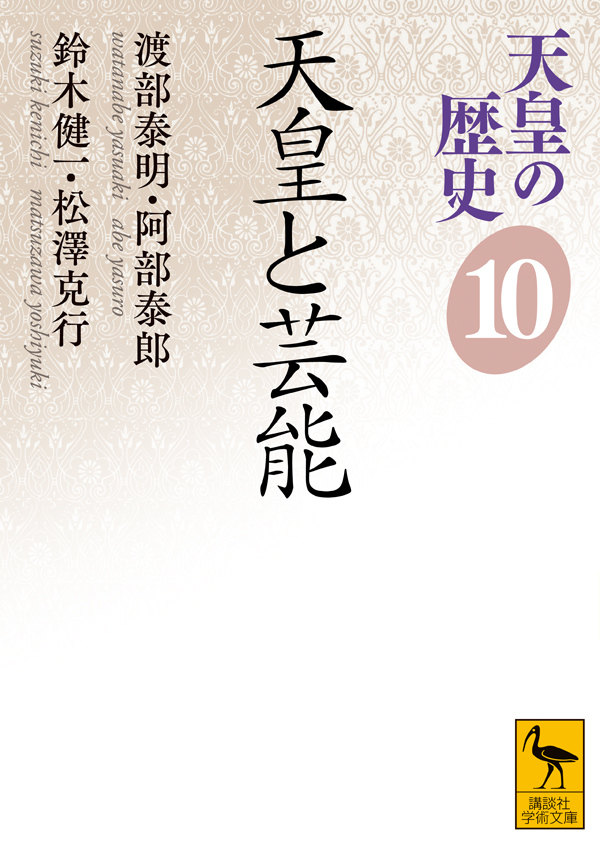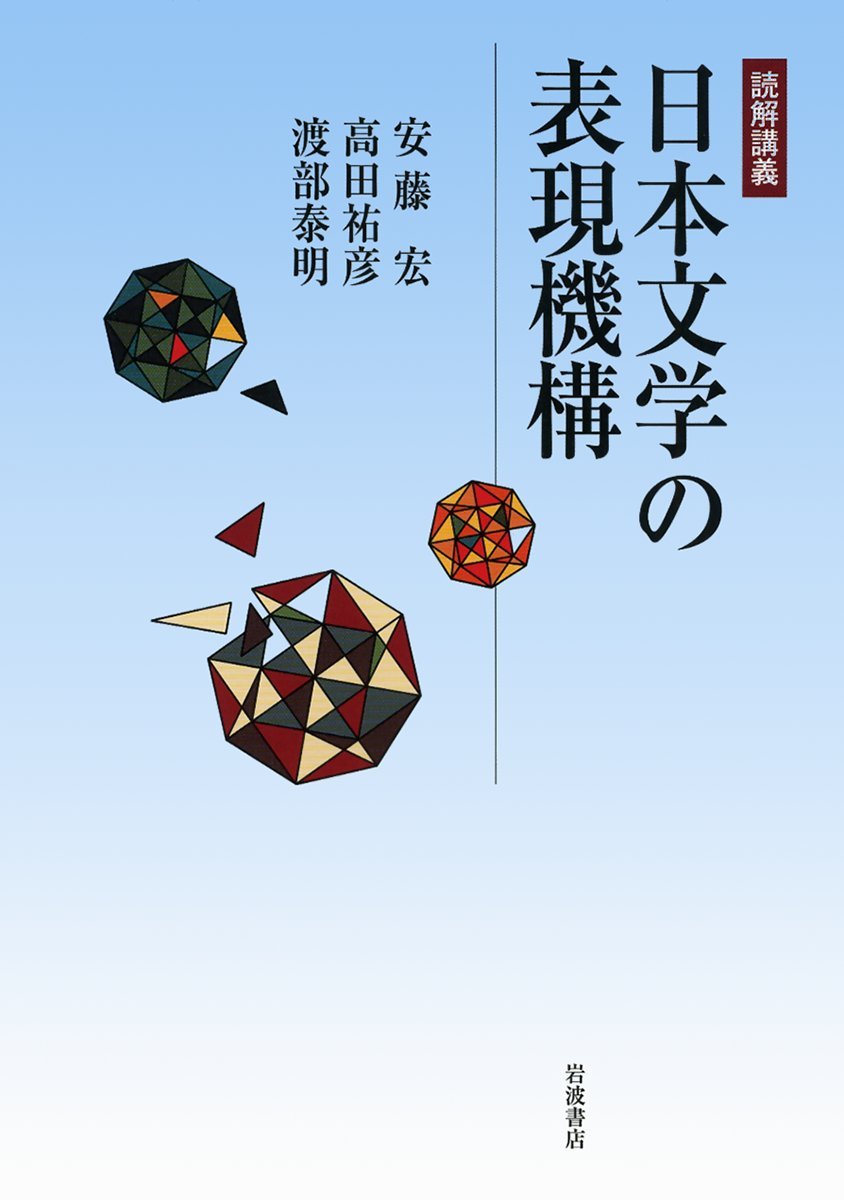
Title
Nihon Bungaku no Hyogen Kiko (Lecture on reading comprehension: Expression mechanism of Japanese Literature)
Size
248 pages, A5 format, hardcover
Language
Japanese
Released
March 26, 2014
ISBN
978-4-00-025959-0
Published by
Iwanami Shoten, Publishers.
Book Info
See Book Availability at Library
Japanese Page
This book aims to convey the appeal of expressions used in Japanese literature as well as perspectives and ideas that may provide clues to deciphering them to high school and university students during the first semester. In this sense, it is a “methodology” for clarifying expression techniques, and at the same time a book for enjoying the pleasure of deciphering these expressions.
Regardless of the times, outstanding literary texts are rich in fascinating ambiguities that do not easily admit single interpretations. By viewing these expressions cultivated in the Japanese language throughout the ages from the perspective of the word structure – the mechanisms of expressions, the book offers pragmatic clues for deciphering individual works of literature.
The book was written by three authors after several years of discussion and in-depth meetings. It is divided into three units that use unique and pure Japanese words; “yuragi”, “furumai”, and “yosooi.” Literary texts also provide mechanisms for driving wedges into established world-views by having unique pluralistic structures (yuragi) that differ from discourses as a means of daily communication, and behave autonomously (furumai), or attempt to be in such a manner (yosooi). The nine chapter headings – “ambiguity,” “excerpt,” “flexibility in storytelling,” “norm,” “Engo (related word) thinking,” “reversal of cause and effect,” “person,” “cooperatively,” and “novel writer,” – are no more than a means of clarifying aspects of literary texts in details.
Main works discussed in the book include “Tale of Ise,” “Tale of Genji,” “ A New Collection of Ancient Modern Poetry,” “Essay in Idleness,” “Futon” by Katai Tayama, “Kouyahijiri” by Kyoka Izumi, and “Wakai” by Naoya Shiga. The book is carefully edited by deliberately selecting famous writers in such a way that beginners and foreign students will find them approachable and discover the depth of expressions of the Japanese language. Literary studies of one’s native country often tend to be segmentalized. I believe that there are no other books that are similar to this one in that it does not lean towards specific times or genre, and at the same time illustrates the appeal of expressions by making a clear distinction from illuminating “masterpiece guides.”
One could probably go back to the basics of literary studies by finding discourses of a certain time and the structure of words that are specifically rich in evocativeness and deciphering reasons behind it through the concrete construal. Literary texts are filled with paradoxical ambiguities that will alter our preconceived ideas and common sense. During the process of deciphering them, the book carefully refrains from making judgments on the subject matter based on a theoretical framework. What is required is to search for a flexible and supple “methodology” to decipher gradations interwoven by expressions as “aya (nuance).”
(Written by ANDO Hiroshi, Professor, Graduate School of Humanities and Sociology / 2017)



 Find a book
Find a book


